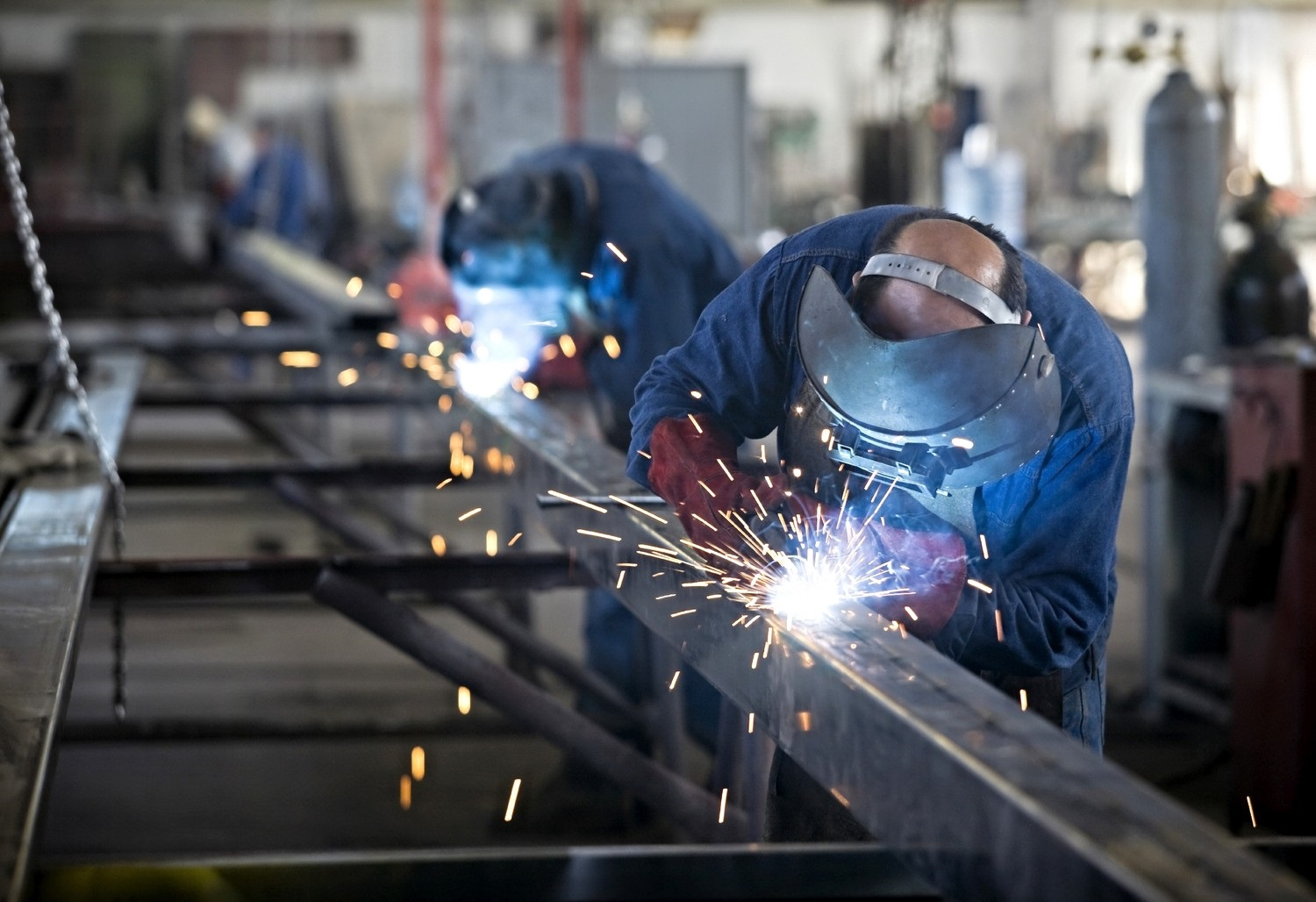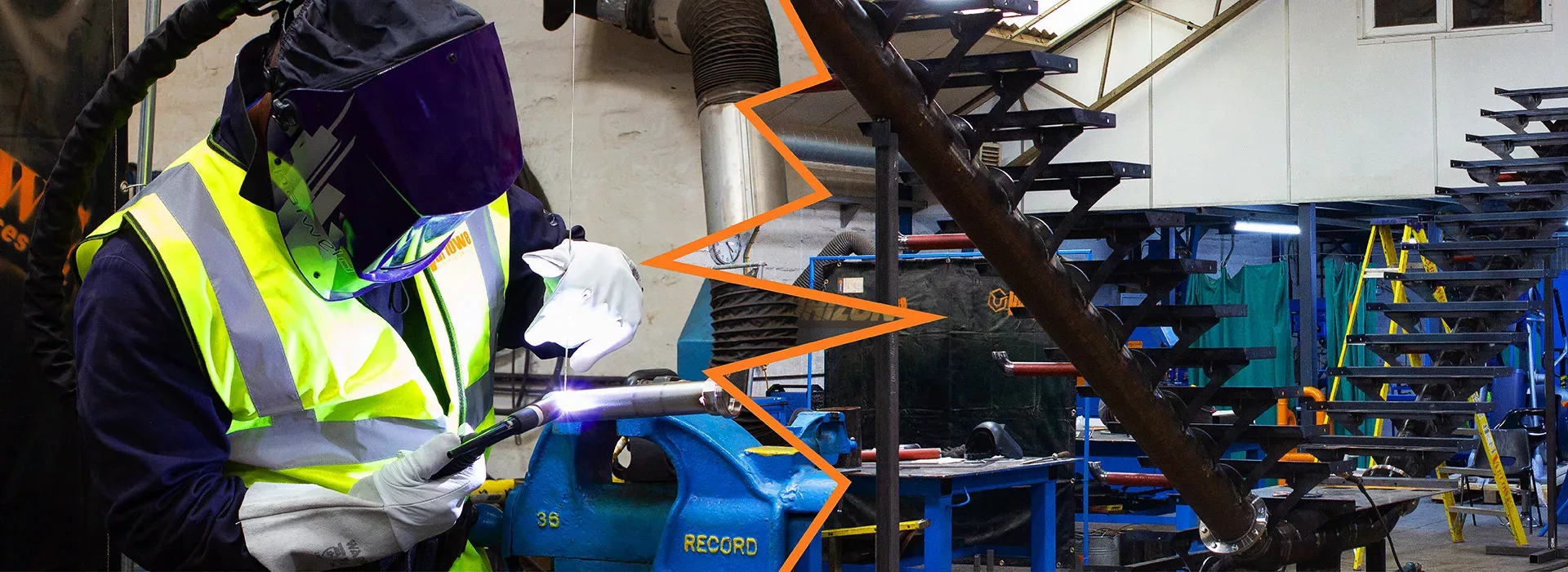Top 5 weld defects tackled by Belgrade Welding experts
Wiki Article
Usual Welding Repair Service Issues and Exactly How to Address Them Efficiently
Welding repair work often come across a series of issues that can endanger the stability of the last item. Usual issues include insufficient infiltration, porosity, and imbalance, among others. Each flaw presents one-of-a-kind challenges that call for particular strategies for resolution. Recognizing these concerns is important for welders aiming to improve their end results and abilities. This discussion will certainly discover these common welding repair problems and effective techniques to address them.Poor Penetration
Poor penetration takes place when the weld steel falls short to fully fuse with the base material, resulting in weak joints and potential structural failings. This problem typically stems from insufficient warmth input, incorrect electrode angle, or incorrect welding rate. Welders might encounter inadequate penetration as a result of a mistake of the essential specifications for a particular material density or type. In addition, contamination on the base material's surface area can impede effective bonding, aggravating the issue. To attend to inadequate infiltration, welders need to ensure ideal setups on their tools and preserve a tidy job surface. Regular assessment of welds is suggested to identify any kind of deficiencies early, enabling timely adjustments and the avoidance of jeopardized structural stability in welded settings up.Porosity
Porosity is a typical issue in bonded joints that shows up as small gas bubbles caught within the weld metal. This flaw can jeopardize the stability of the weld, resulting in decreased strength and possible failing under anxiety. Montana Mobile Welding and Repair Fabrication. Porosity normally emerges from contamination, dampness, or improper welding techniques, which permit gases to leave into the molten weld swimming pool. To attend to porosity, welders ought to assure appropriate surface prep work, maintain a tidy workplace, and utilize ideal welding parameters. Additionally, selecting the ideal filler material and protecting gas can alleviate gas entrapment. Routine inspection and screening of welds can aid recognize porosity early, guaranteeing timely restorative actions are taken, consequently protecting the quality and dependability of the bonded structureMisalignment
Misalignment in welding can occur from numerous variables, including improper configuration and thermal growth. Recognizing the origin triggers is essential for reliable resolution. Numerous correction strategies are readily available to realign elements and ensure structural integrity.Root causes of Misalignment
Welding misalignment usually comes from a range of underlying concerns that can jeopardize structural stability. One primary cause is inappropriate fit-up of parts prior to welding, which can bring about spaces and uneven surface areas. Variants in thermal development throughout the welding process can likewise lead to distortion, specifically if the products being joined have various coefficients of development. In addition, insufficient securing and fixturing might stop working to hold elements safely in place, leading to movement during welding. Poorly kept equipment, including welding machines and tools, may present disparities in the weld grain, more adding to misalignment. Operator mistake, stemming from insufficient training or experience, can also play a considerable role in developing misaligned welds.
Improvement Techniques Readily Available
Attending to misalignment effectively calls for a combination of restorative techniques customized to the certain issues at hand. One common method is the usage of jigs or fixtures to hold elements in the proper placement throughout welding, guaranteeing regular alignment. In addition, pre-heating the products can help in reducing distortion and improve fit-up. For significant imbalance, mechanical adjustment strategies, such as making use of hydraulic jacks or clamps, can be utilized to remedy the position prior to welding. Post-weld heat treatment might additionally be required to relieve anxieties brought on by misalignment. Careful assessment and modification during the configuration phase can stop misalignment concerns from becoming significant problems, promoting a smoother welding procedure and boosting general structural honesty.Distortion
Distortion is a common difficulty in welding that can arise from numerous factors, consisting of irregular heating and air conditioning. Recognizing the causes of distortion is necessary for executing reliable avoidance techniques. Resolving this concern not just improves architectural integrity but likewise boosts the overall high quality of the weld.Causes of Distortion
When based on the extreme warmth of welding, materials often go through modifications that can bring about distortion. This phenomenon mainly develops from thermal growth and contraction throughout the welding procedure. As the weld area heats up, the material broadens; upon cooling, it contracts, which can develop interior stress and anxieties. On top of that, uneven home heating across a work surface can intensify these anxieties, leading to bending or bending. The sort of material also plays a considerable role; metals with differing thermal conductivity and coefficients of growth may react in different ways, bring about unpredictable distortions. Inadequate joint layout and poor fixturing can add to misalignment throughout welding, increasing the possibility of distortion. Recognizing these causes is essential for reliable welding repair service and prevention approaches.Avoidance Techniques
Reliable avoidance strategies for distortion throughout welding focus on regulating warmth input and guaranteeing appropriate joint layout. Preserving a consistent heat input assists to minimize thermal development and tightening, which can bring about distortion. Using techniques such as pre-heating the work surface can additionally reduce the temperature gradient, promoting uniform home heating. In addition, choosing proper joint styles, such as T-joints or lap joints, can enhance stability and decrease tension focus. Executing appropriate fixturing to protect the work surfaces in position additionally aids in keeping positioning throughout the welding process. Staggered welding series can distribute warmth a lot more equally, protecting against local distortion. By using these methods, welders can significantly decrease the possibility of distortion and enhance the overall quality of their welds.Breaking
Breaking is a common issue experienced in welding repair services, usually arising from different factors such as incorrect air conditioning prices, material selection, or inadequate joint prep work. The occurrence of splits can substantially endanger the integrity of the weld, resulting in potential failures during procedure. To resolve this concern, welders need to initially evaluate the origin, guaranteeing that materials are compatible and appropriately chosen for the certain application. Furthermore, regulating the air conditioning rate throughout the welding process is essential; rapid air conditioning can induce stress and anxiety and cause breaking. Appropriate joint style and prep work also add to minimizing the threat. Executing these approaches can boost weld high quality and durability, ultimately lowering the likelihood of fracturing in completed weldments.
Incomplete Combination
A substantial issue check here in welding repair services is incomplete fusion, which occurs when the weld metal does not sufficiently bond with the base product or previous weld passes - Fabrication. This defect can lead to weaknesses in the joint, possibly endangering the honesty of the bonded framework. Factors adding to incomplete combination consist of inadequate heat input, incorrect welding technique, and contamination of the surfaces being signed up with. To resolve this concern effectively, welders must guarantee proper pre-weld cleaning and surface area preparation, along with readjust their welding criteria to accomplish ample infiltration and fusion. Regular evaluation throughout the welding process can likewise assist identify incomplete combination early, enabling for timely restorative steps to boost the general quality of the weldOverheating
While welding repairs can enhance architectural honesty, overheating presents a significant difficulty that can cause material degradation. Excessive warmth throughout welding can change the mechanical residential or commercial properties of metals, causing decreased strength, enhanced brittleness, and bending. This sensation is particularly critical in high-stress applications where structural dependability is extremely important. Determining getting too hot can involve aesthetic assessments for discoloration or distortion, along with keeping an eye on temperature level during the welding process. To mitigate the threats connected with getting too hot, welders should use appropriate methods, such as controlling warm input, adjusting traveling speed, and using ideal filler materials. Additionally, executing pre- and post-weld warmth therapies can aid recover material residential properties and boost the general top quality of the repair work, making certain long-term performance and safety and security.Frequently Asked Concerns
What Are the Typical Indications of a Welding Issue?

Just How Can I Test My Welds for Top quality?
To examine welds for high quality, one can use visual examinations, ultrasonic screening, and radiographic methods. Each strategy ensures architectural honesty, identifies flaws, and confirms adherence to specified standards, inevitably boosting the reliability of the bonded joints.What Security Preventative Measures Should I Take While Welding?
When welding, one need to prioritize safety and security by putting on appropriate personal safety devices, guaranteeing proper ventilation, securing combustible materials away, keeping a clean work area, and recognizing environments to avoid crashes and injuries.Can I Repair a Weld Without Redoing the Entire Joint?
Repairing a weld without redoing the whole joint is feasible, relying on the damages (Montana Mobile Welding and Repair Belgrade Welding). Techniques such as grinding, adding filler material, or utilizing a welding process can properly resolve details imperfections while preserving the surrounding structureWhat Devices Are Crucial for Efficient Welding Fixes?
Essential devices for efficient welding fixings consist of a welding machine, cord brush, mill, safety gear, clamps, and filler products. Each device plays an essential function in making certain quality and security throughout the repair work process. Porosity usually occurs from contamination, wetness, or improper welding techniques, which allow gases to run away right into the molten weld pool. Poorly conserved tools, including welding makers and tools, may present disparities in the weld bead, further contributing to imbalance. When subjected to the intense warmth of welding, materials commonly go through changes that can lead to distortion. Cracking is a typical problem come across in welding repair services, typically resulting from various elements such as inappropriate cooling prices, material selection, or insufficient joint prep work. A significant concern in welding fixings is incomplete blend, which takes place when the weld steel does not properly bond with the base product or previous weld passes.Report this wiki page